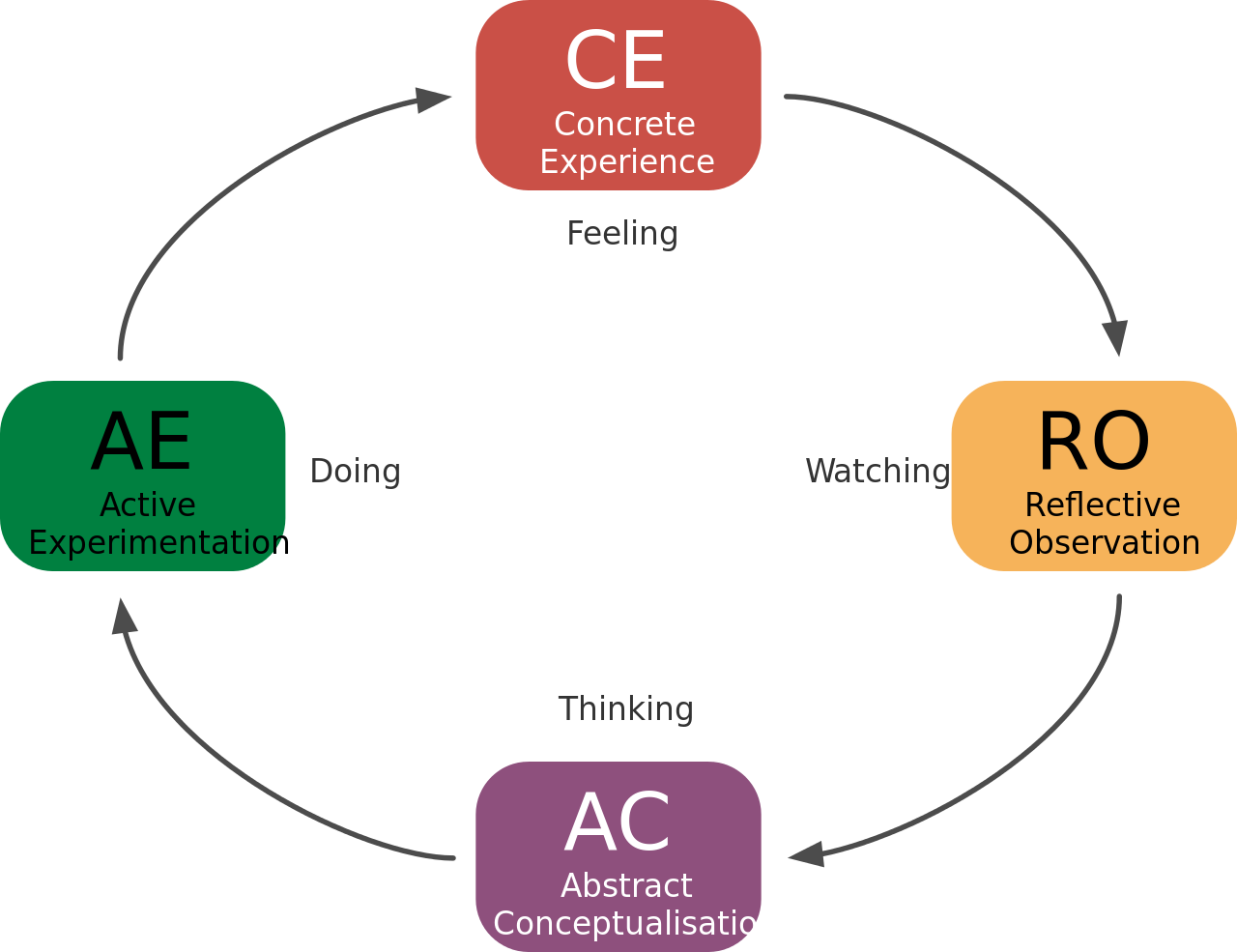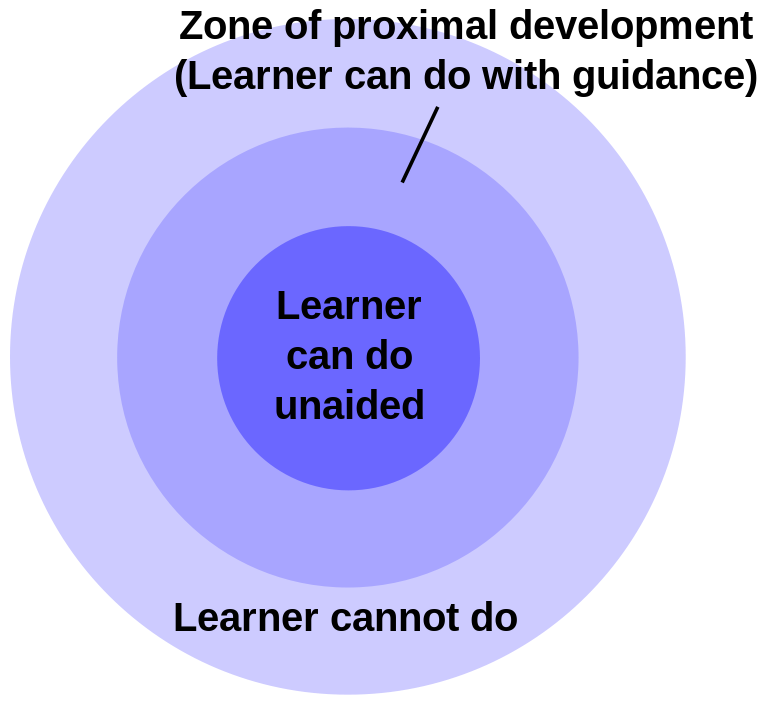7 approaches to educational technology integration

I’m working with Victoria College, a school in Jersey, at the moment. They’re new to digital strategy, so I’ve been sharing some models that can be useful when thinking in this regard.
1. The OODA loop

Much more generally applicable than just to educational technology integration, and pioneered in the military, the OODA loop is useful when thinking about where to get started.
What I particularly like is that it starts with observation, and places great emphasis on context and feedback.
2. The SOLO taxonomy
SOLO stands for Structure of Observed Learning Outcome and focuses on five levels of understanding, from ‘pre-structural’ through to ‘extended abstract’. I reference this model in my book, The Essential Elements of Digital Literacies, which is where the above diagram comes from.
The idea is that competence is scaffolded and goes from understanding some aspects, through to the relation between them, and finally, applying that knowledge to a new domain.
3. The SAMR model

Although I’ve seen some recent pushback, I still think that the SAMR model is a useful frame to use for educational technology integration. The idea is that we move beyond technology that merely substitutes for previous analogue examples.
What I like about this model is that it takes minimal explanation, and can serve as an aspirational goal for both individual educators, and whole establishments. This is another diagram from my book.
4. The TPACK framework
TPACK stands for Technological Pedagogical Content Knowledge. At its heart, it’s a Venn diagram, showing the overlap between technology, pedagogy, and content, but, again, I like the use of ‘context’ wrapping around the whole thing.
This framework is useful when explaining the importance of technology as an integrated part of a wider institutional/organisational strategy. The overlaps between each circle are also handy for identifying different streams of work.
5. Kolb’s experiential learning cycle
While I think we can agree that Kolb’s ‘learning styles’ theory was off-the-mark, his experiential learning cycle is definitely worth exploring further in terms of educational technology integration.
As with other models, there’s a balance between doing and reflection, but — and this is where there’s a clear link to the SOLO taxonomy — Kolb’s emphasises the importance of ‘abstract conceptualisation’.
6. Vygotsky’s Zone of Proximal Development
The Zone of Proximal Development (ZPD) is a very simple approach to scaffolding learning. It sits between what the learner current cannot do and what they can do unaided. In other words, the ZPD is where maximal learning is happening.
Again, this is a simple approach which most educators should already know about. My father used to talk about it all the time when I was younger and he was doing his postgraduate studies! It’s useful for thinking about scaffolding staff/student digital skills.
7. The Essential Elements of Digital Literacies

I’d be remiss if I didn’t mention my own work, the product of the years of work that went into my doctoral thesis. It’s a synthesis of what came out of a meta-analysis of digital literacy approaches and frameworks.
There’s eight skillsets (the top row) and eight mindsets (bottom row). In my book and TEDx talk, I explain the importance of co-creating definitions of digital literacies, and placing emphasis on context. In terms of educational technology integration, I think the ‘mindsets’ are often skipped over.
I’m well aware that there are other approaches out there, and no doubt some I’ve never heard of. That being said, these are the models I currently find most helpful when working with clients. What have I missed?
Image by Paolo Carrolo





Great post Doug. Iust admit there were a few that I had not heard of. One that I like to use is the Modern Learning Canvas because unlike those like SAMR which create a scenario where if you magically do xyz then all will be solved. Instead the Canvas offers a framework to generate conversation http://readwriterespond.com/?p=1177